Laboratory & Water Quality
Water Quality Standards and Testing Policy
Views : 11
Usually dispatched in 2 to 3 days
Usually dispatched in 2 to 3 days
Category:
Laboratory & Water Quality
Only logged in customers who have purchased this product may leave a review.
Related books
Effect of the Quality of Water Used for Dialysis on the Efficacy of Hemodialysis
Abstract
The quality of the water used for dialysis has been suggested as a factor causing inflammation in patients on hemodialysis (HD). We therefore conducted this study to identify the effect of quality of the water on nutritional state, inflammation and need for human recombinant erythropoietin (EPO) in patients undergoing HD at Agadir, Morocco. This prospective study included patients on HD for at least one year. The water treatment was done according to the standard protocol, which was followed by additional enhancement of ultrafiltration using an additional polysulfone filter (diasafe, Fresenius, Bad Homburg, Germany) before the dialyser. Water was monitored regularly during the study period to ensure acceptable levels of bacterial count as well as endotoxin levels. Various parameters including dry weight, systolic and diastolic blood pressure (PA) before and after an HD session, need for human recombinant EPO, levels of hemoglobin (Hb), albumin, ferritin, C-reactive protein (CRP), and the dose of dialysis delivered (Kt/V) were measured first at the beginning of the study and thereafter, in the third, sixth and 12 th months of the study. The study involved 47 patients, and after 12 months of the study, an improvement in median dry weight (1.2 kg, P = 0017) and a simultaneous median reduction of 20.7 IU/kg/week of EPO, with an in-crease of the median level of Hb, was noted. The results of our study suggest that by improving the biocompatibility of HD with the use of good quality water, patients acquire a better nutritional, inflammatory and hematologic status.
Effect of the Quality of Water Used for Dialysis on the Efficacy of Hemodialysis
Abstract
The quality of the water used for dialysis has been suggested as a factor causing inflammation in patients on hemodialysis (HD). We therefore conducted this study to identify the effect of quality of the water on nutritional state, inflammation and need for human recombinant erythropoietin (EPO) in patients undergoing HD at Agadir, Morocco. This prospective study included patients on HD for at least one year. The water treatment was done according to the standard protocol, which was followed by additional enhancement of ultrafiltration using an additional polysulfone filter (diasafe, Fresenius, Bad Homburg, Germany) before the dialyser. Water was monitored regularly during the study period to ensure acceptable levels of bacterial count as well as endotoxin levels. Various parameters including dry weight, systolic and diastolic blood pressure (PA) before and after an HD session, need for human recombinant EPO, levels of hemoglobin (Hb), albumin, ferritin, C-reactive protein (CRP), and the dose of dialysis delivered (Kt/V) were measured first at the beginning of the study and thereafter, in the third, sixth and 12 th months of the study. The study involved 47 patients, and after 12 months of the study, an improvement in median dry weight (1.2 kg, P = 0017) and a simultaneous median reduction of 20.7 IU/kg/week of EPO, with an in-crease of the median level of Hb, was noted. The results of our study suggest that by improving the biocompatibility of HD with the use of good quality water, patients acquire a better nutritional, inflammatory and hematologic status.
Analysis of Wastewater for Use in Agriculture – A Laboratory Manual of Parasitological and Bacteriological Techniques
Introduction:
The use of wastewater for crop irrigation is becoming increasingly common, especially in arid and semi-arid areas. Crop yields are higher as the wastewater contains not only water for crop growth, but also plant nutrients (mainly nitrogen and phosphorus). However, there is the risk that wastewater irrigation may facilitate the transmission of excreta-related diseases. In the late 1980s, the World Health Organization, the World Bank and the International Reference Centre for Waste Disposal sponsored a series of studies and meetings of experts to examine these health risks (International Reference Centre for Waste Disposal, 1985; Shuval et al., 1986; Prost, 1988; World Health Organization, 1989). From an appraisal of the available epidemiological evidence, it was established that the major risks were: the transmission of intestinal nematode infections both to those working in the waste-water irrigated fields and to those consuming vegetables grown in the fields; these infections are due to Ascaris lumbricoides (the human roundworm), Trichuris trichiura (the human whipworm), and Ancylostoma duodenale and Necator americanus (the human hookworms); and- the transmission of faecal bacterial diseases - bacterial diarrhoea and dysentery, typhoid and cholera - to the crop consumers.
Analysis of Wastewater for Use in Agriculture – A Laboratory Manual of Parasitological and Bacteriological Techniques
Introduction:
The use of wastewater for crop irrigation is becoming increasingly common, especially in arid and semi-arid areas. Crop yields are higher as the wastewater contains not only water for crop growth, but also plant nutrients (mainly nitrogen and phosphorus). However, there is the risk that wastewater irrigation may facilitate the transmission of excreta-related diseases. In the late 1980s, the World Health Organization, the World Bank and the International Reference Centre for Waste Disposal sponsored a series of studies and meetings of experts to examine these health risks (International Reference Centre for Waste Disposal, 1985; Shuval et al., 1986; Prost, 1988; World Health Organization, 1989). From an appraisal of the available epidemiological evidence, it was established that the major risks were: the transmission of intestinal nematode infections both to those working in the waste-water irrigated fields and to those consuming vegetables grown in the fields; these infections are due to Ascaris lumbricoides (the human roundworm), Trichuris trichiura (the human whipworm), and Ancylostoma duodenale and Necator americanus (the human hookworms); and- the transmission of faecal bacterial diseases - bacterial diarrhoea and dysentery, typhoid and cholera - to the crop consumers.
Developing Quality Control Handbooks for Water and Wastewater Treatment
Introduction
This section provides a step by step discussion regarding the development of a Quality Control Handbook for a water or wastewater treatment plant. A workshop format has been chosen for the development of the handbook in order to channel the multiple knowledge inputs needed for it. For a proper. The workshop format targets participants coming from water or wastewater treatment facilities. These participants are expected to be knowledgeable of the operational activities of the plant and able to share their actual experiences. The successful implementation of this handbook depends on the creation of a setting in which the employees themselves act as both teachers and students. Active participation is a key success factor, and practical demonstrations are necessary to supplement the theoretical aspects. The workshop format can be easily replicated and as such, helps facilitate the development of operating manuals in other water treatment facilities or water companies. Once completed, these manuals may be used to define the required skills of the operating personnel and may also be used for actual on-the-job training. The handbook is to be finalized after successful completion of four group sessions.
Developing Quality Control Handbooks for Water and Wastewater Treatment
Introduction
This section provides a step by step discussion regarding the development of a Quality Control Handbook for a water or wastewater treatment plant. A workshop format has been chosen for the development of the handbook in order to channel the multiple knowledge inputs needed for it. For a proper. The workshop format targets participants coming from water or wastewater treatment facilities. These participants are expected to be knowledgeable of the operational activities of the plant and able to share their actual experiences. The successful implementation of this handbook depends on the creation of a setting in which the employees themselves act as both teachers and students. Active participation is a key success factor, and practical demonstrations are necessary to supplement the theoretical aspects. The workshop format can be easily replicated and as such, helps facilitate the development of operating manuals in other water treatment facilities or water companies. Once completed, these manuals may be used to define the required skills of the operating personnel and may also be used for actual on-the-job training. The handbook is to be finalized after successful completion of four group sessions.
Water Treatment and Pathogen Control
This document is part of a series of expert reviews on different aspects of microbial water quality and health, developed by the World Health Organization (WHO) to inform development of guidelines for drinking-water quality, and to help countries and suppliers to develop and implement effective water safety plans. Contamination of drinking-water by microbial pathogens can cause disease outbreaks and contribute to background rates of disease. There are many treatment options for eliminating pathogens from drinking-water. Finding the right solution for a particular supply involves choosing from a range of processes. This document is a critical review of some of the literature on removal and inactivation of pathogenic microbes in water. The aim is to provide water quality specialists and design engineers with guidance on selecting appropriate treatment processes, to ensure the production of high quality drinking-water. Specifically, the document provides information on choosing appropriate treatment in relation to raw water quality, estimating pathogen concentrations in drinking-water, assessing the ability of treatment processes to achieve health-based water safety targets and identifying control measures in process operation.
Water Treatment and Pathogen Control
This document is part of a series of expert reviews on different aspects of microbial water quality and health, developed by the World Health Organization (WHO) to inform development of guidelines for drinking-water quality, and to help countries and suppliers to develop and implement effective water safety plans. Contamination of drinking-water by microbial pathogens can cause disease outbreaks and contribute to background rates of disease. There are many treatment options for eliminating pathogens from drinking-water. Finding the right solution for a particular supply involves choosing from a range of processes. This document is a critical review of some of the literature on removal and inactivation of pathogenic microbes in water. The aim is to provide water quality specialists and design engineers with guidance on selecting appropriate treatment processes, to ensure the production of high quality drinking-water. Specifically, the document provides information on choosing appropriate treatment in relation to raw water quality, estimating pathogen concentrations in drinking-water, assessing the ability of treatment processes to achieve health-based water safety targets and identifying control measures in process operation.
Clearing the Waters A focus on water quality solutions
Reproduction
This publication may be reproduced in whole or in part and in any form for educational or nonprofit purposes without special permission from the copyright holders, provided acknowledgement of the source is made. UNEP would appreciate receiving a copy of any publication that uses this publication as a source. No use of this publication may be made for resale or for any other commercial purpose whatsoever without prior permission in writing from the United Nations Environment Programme.
Clearing the Waters A focus on water quality solutions
Reproduction
This publication may be reproduced in whole or in part and in any form for educational or nonprofit purposes without special permission from the copyright holders, provided acknowledgement of the source is made. UNEP would appreciate receiving a copy of any publication that uses this publication as a source. No use of this publication may be made for resale or for any other commercial purpose whatsoever without prior permission in writing from the United Nations Environment Programme.


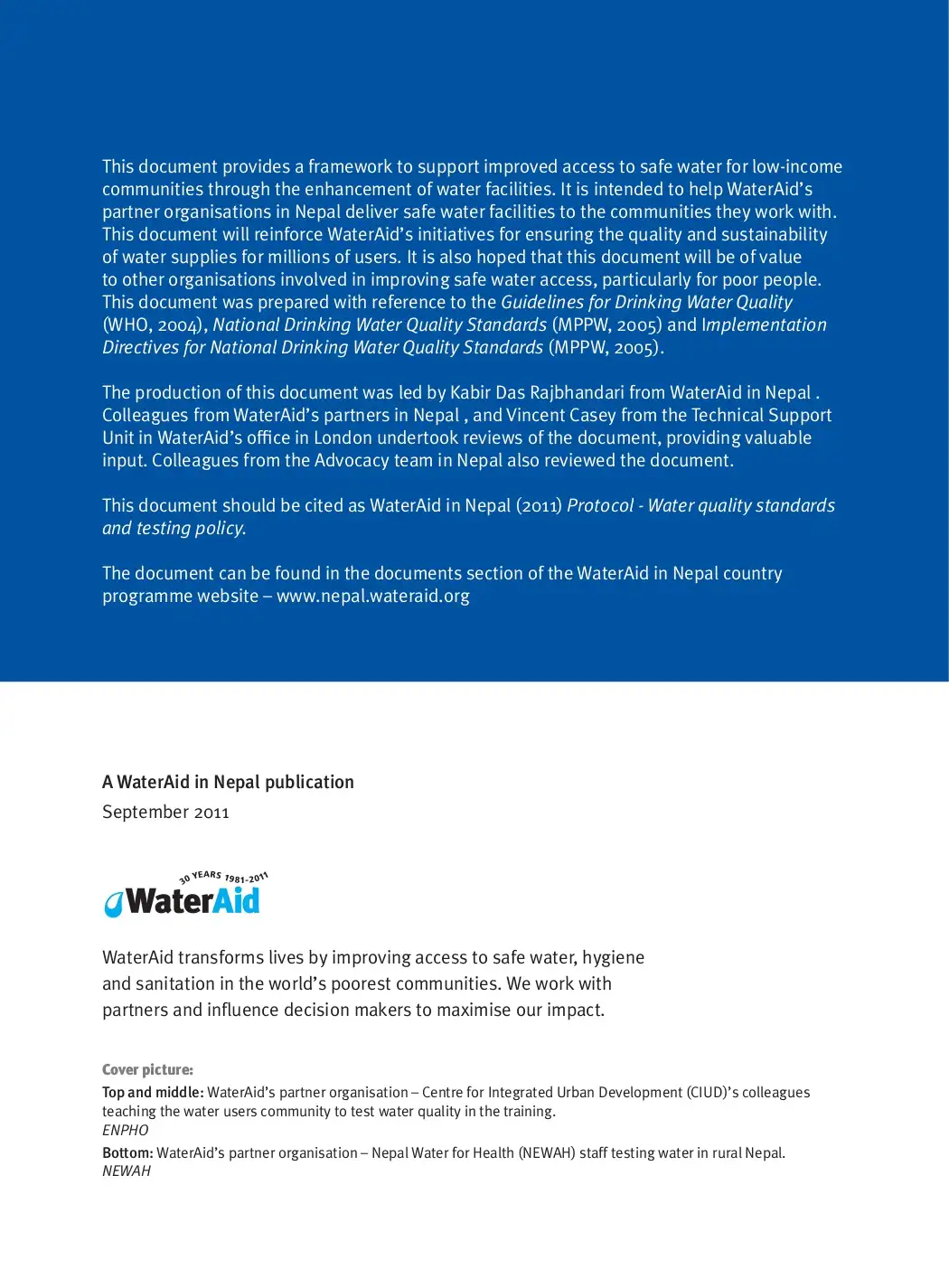
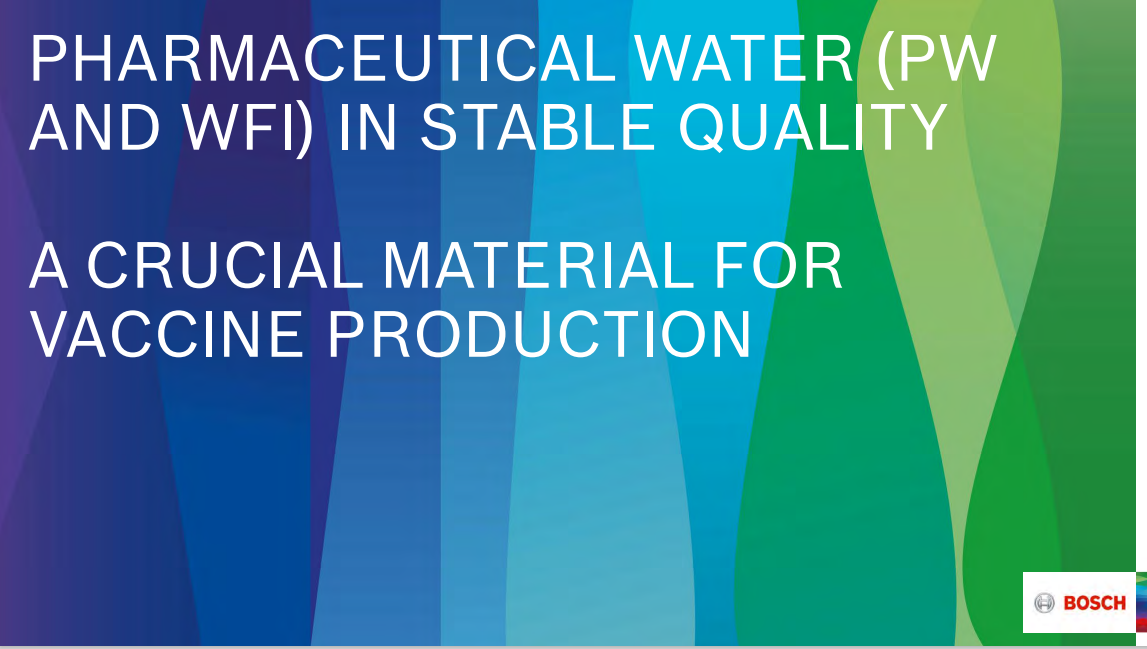
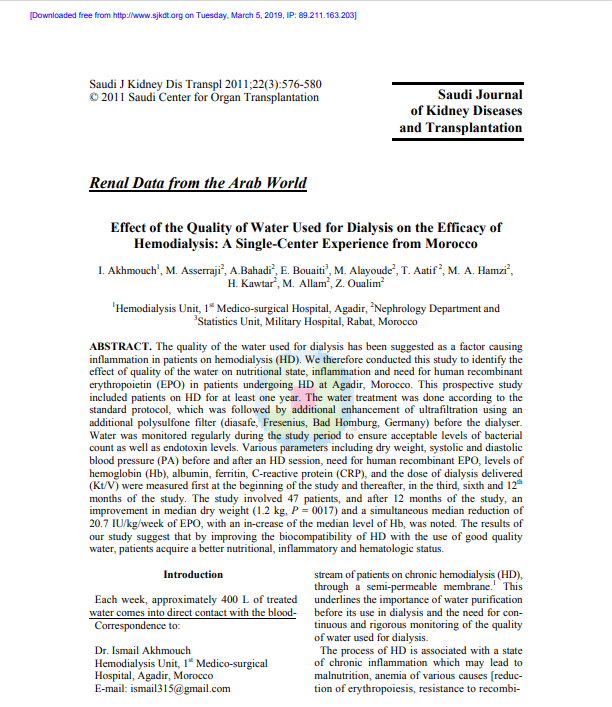
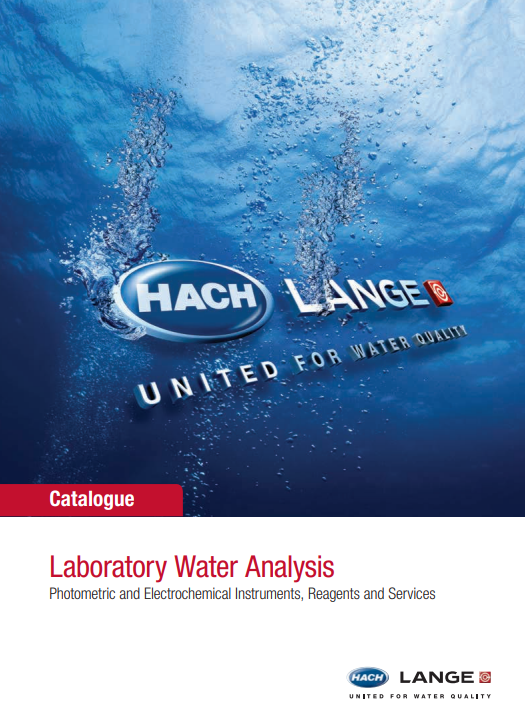
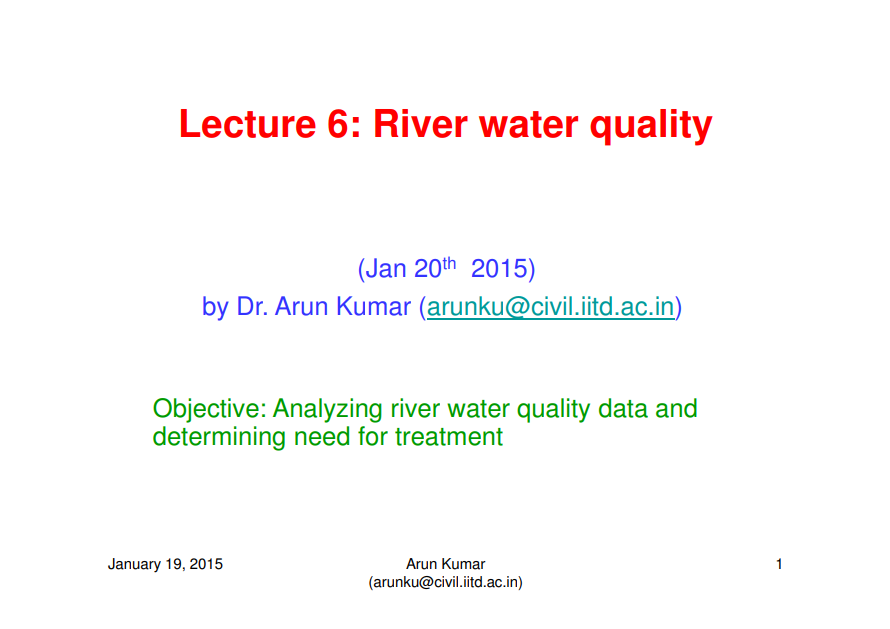
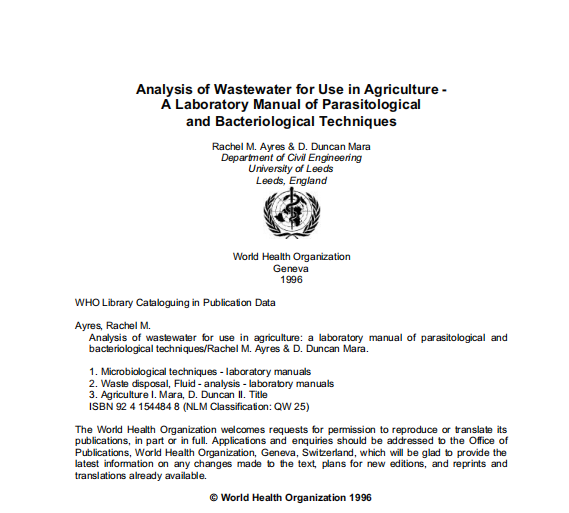
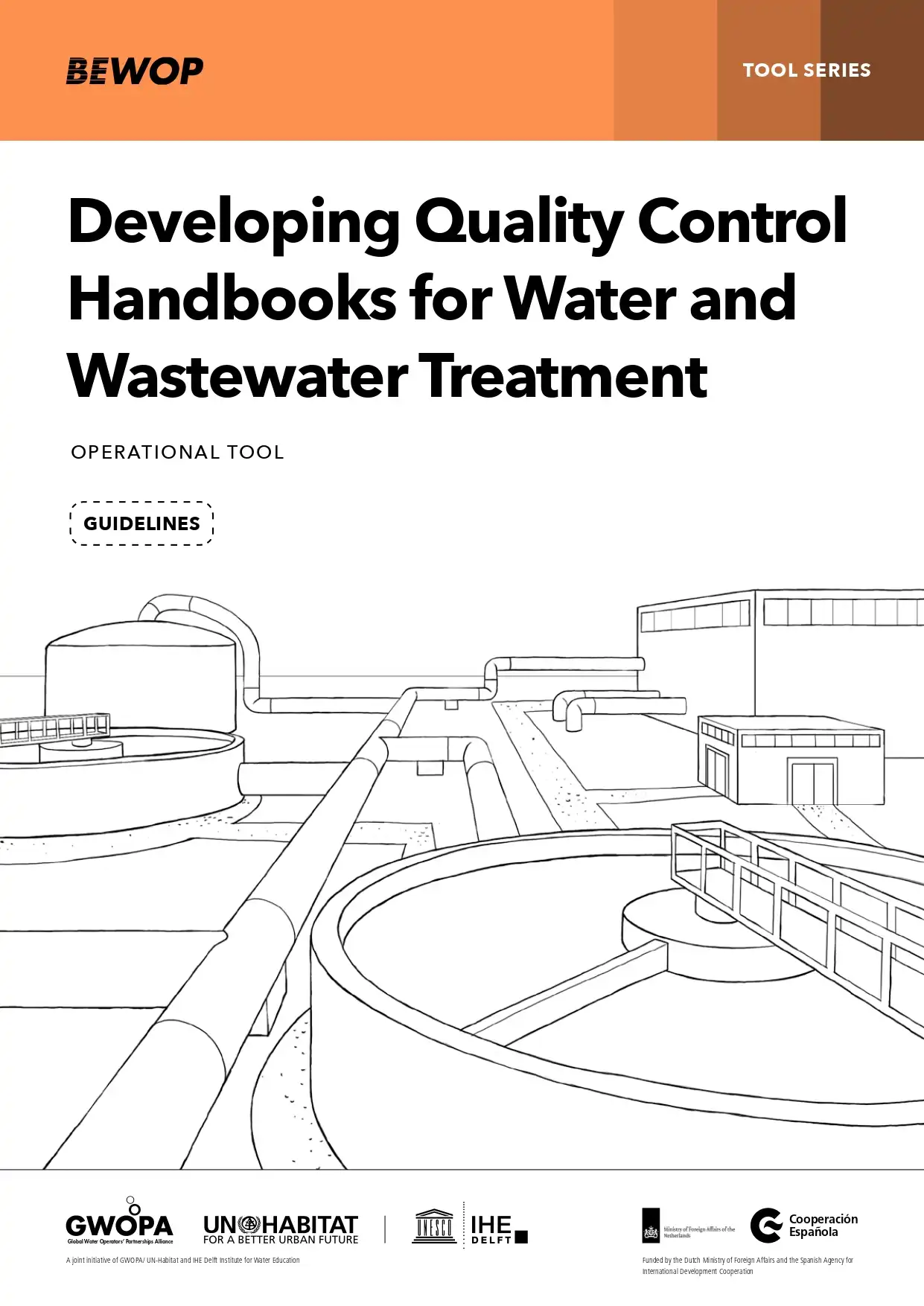

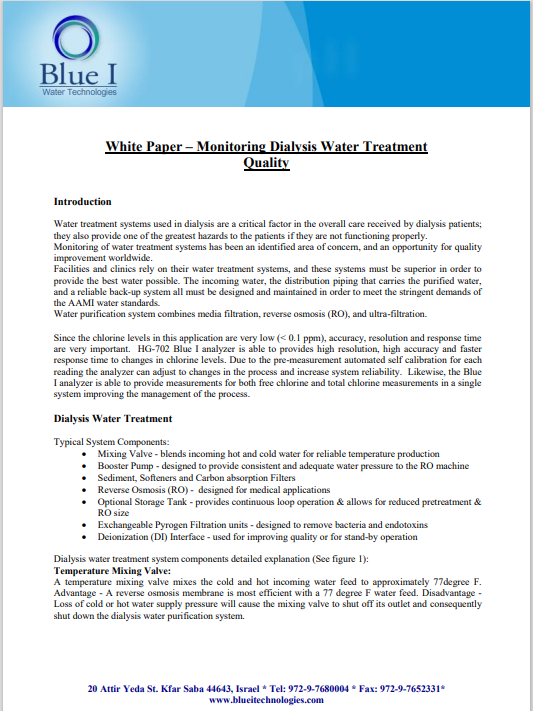
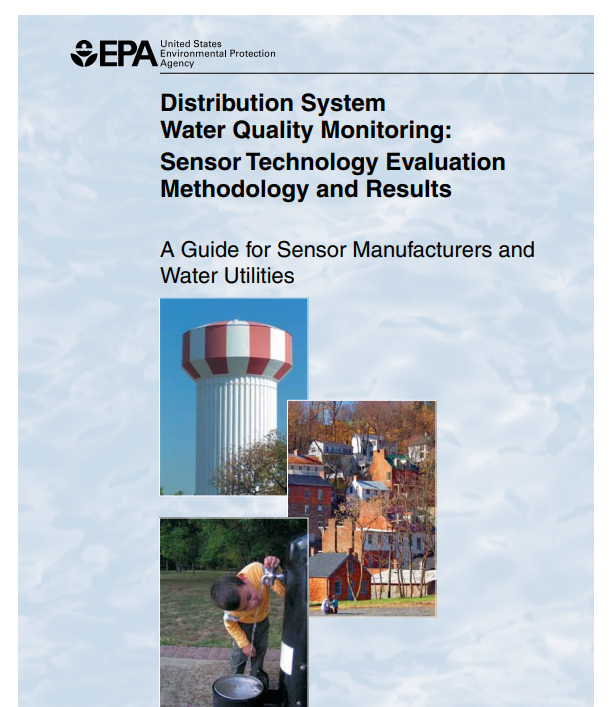
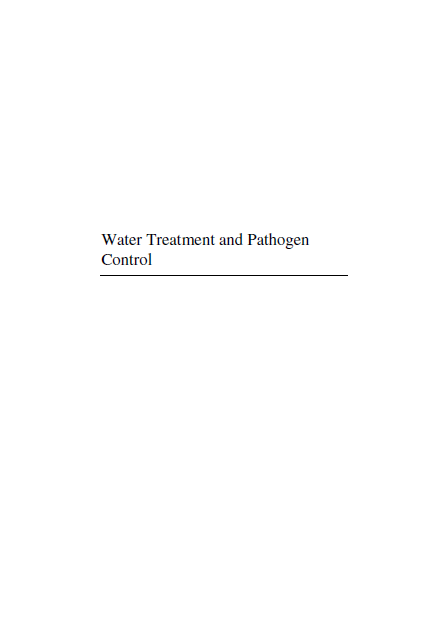
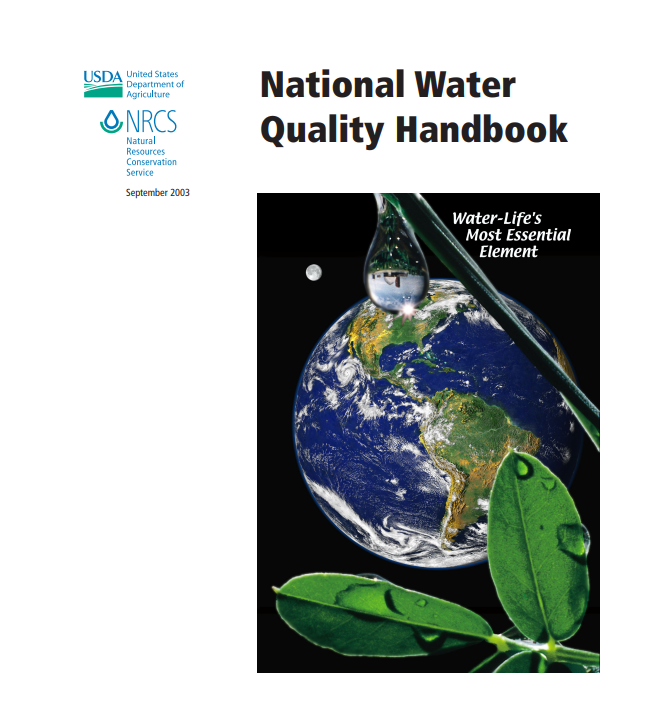
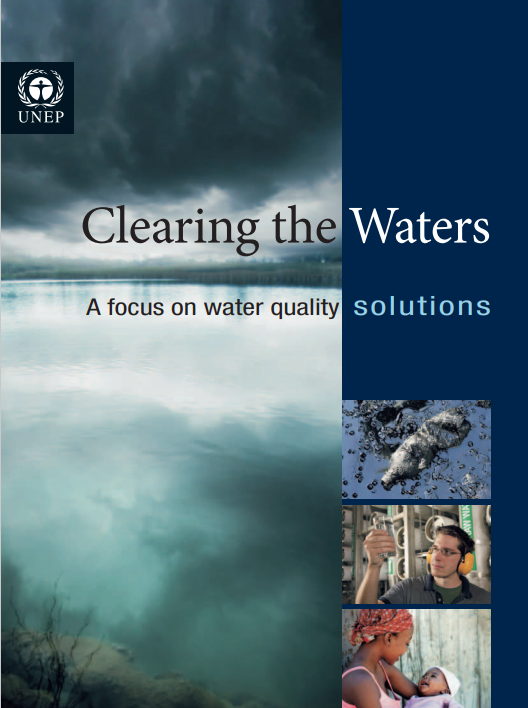
Reviews
There are no reviews yet.